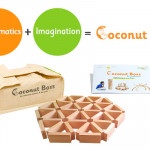The Real Power of Open-Ended Materials
Do you have a young child in your home? Confused about choosing the right toys?
Well! Supermarkets’ shelves are overloaded with lots and lots of toys for us to choose but choosing the right toy for your kid is very important as it has the power to enhance your children’s mental ability and overall performance when they turn into adults.
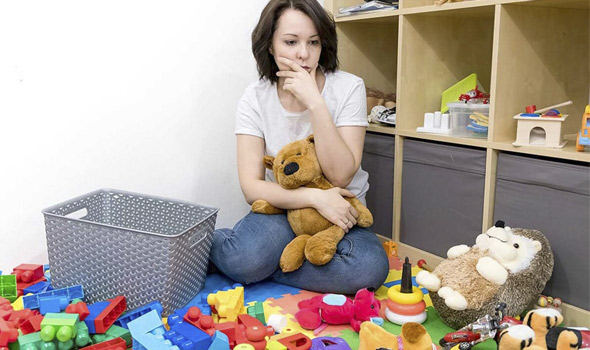
As parents and educators, there is a frequent desire to have children simply do as they are told, without questioning commands. However, as adults, we value different skills in our colleagues. We want our co-workers who are able to think on their feet, make complex decisions taking into account differing perspectives, and be able to think and act on their own.
It is through children’s early childhood experiences when the brain is rapidly developing, that we have the best opportunity to support the development of these critical life skills. From birth through age 5, children’s brains are literally forming the complex web of synapses that last throughout their lives, and greatly impact their social, emotional, physical, and cognitive performance as adults.
Right Choice
When choosing toys for your child, ask yourself if the toy allows them to make choices about their play or tells them how to play. There are two types of materials or toys that you can get. One is close-ended materials and the second is open-ended materials. Both serve different purposes for your kids and there are reasons for each and for both. Both types of toys can be wonderful for problem-solving, finding calm, language, and social skills. Both kinds of toys are valuable and enjoyed by children. While close-ended materials give children a sense of order, open-ended materials or toys give children a space for creativity and freedom. My goal in this blog is to explain in detail why open-ended materials are important for a child.
What are Open-Ended Materials?
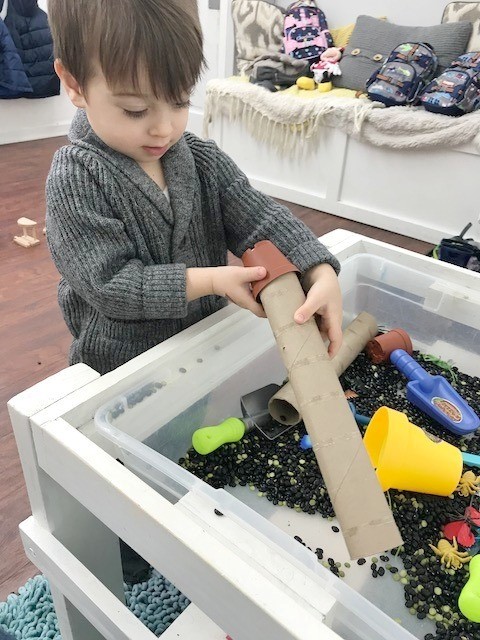
Open-ended materials (also called loose parts) are materials that can be used in numerous ways indoors and outdoors by babies, toddlers, and young children. They can be moved, carried, combined, and redesigned in any way the child decides. These materials can be natural or manufactured by different sources.
Examples include blocks of all shapes and sizes, including blocks that connect like Legos; wooden blocks and sticks; magnetic blocks; geometric building materials; art supplies including paper, paint, markers, and scissors; play silks or large pieces of fabric and blankets; sand and water play baskets; and nature items such as seashells and pine cones.
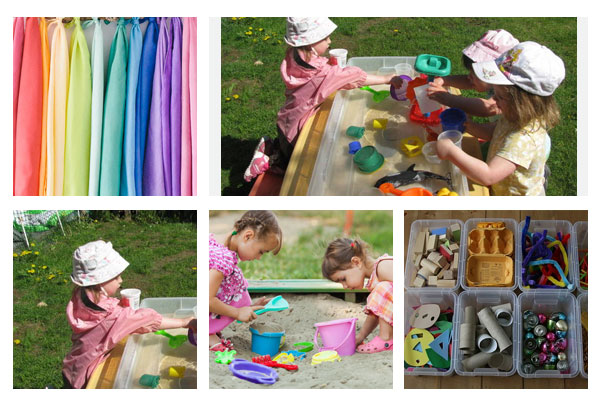
Now, let’s see about the Benefits
1. Creativity and Imagination
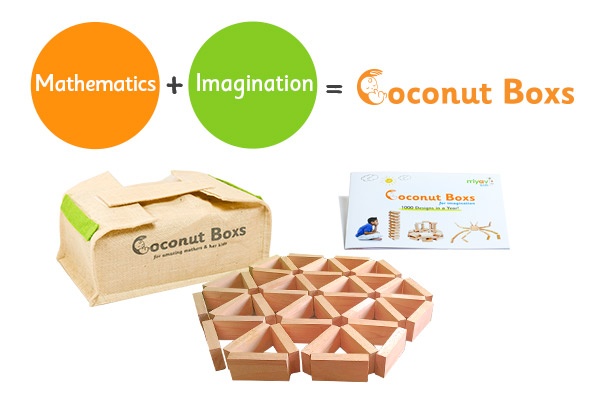
There are endless ways to use these materials. Children can come up with their own ideas of how to play with them and make up stories to go along with them. There are no limits. Open-ended play is a chance for children to use their imagination. Electronics have taken away a child’s ability to use their imagination because it does everything for them. For just a little bit, open-ended play allows a child to pretend and to use their imagination, which is ever-so-exciting.
2. No Rules
They are objects that have no rules to follow, use, or function. Raw materials can be used to build or to create or combine to make something new. Especially if your kid is a school goer then after the monotonous sessions in a school, open-ended toys can be relaxing and calming for children who just want to play without any rules or expectations. Without a right or wrong, this play can feel free.
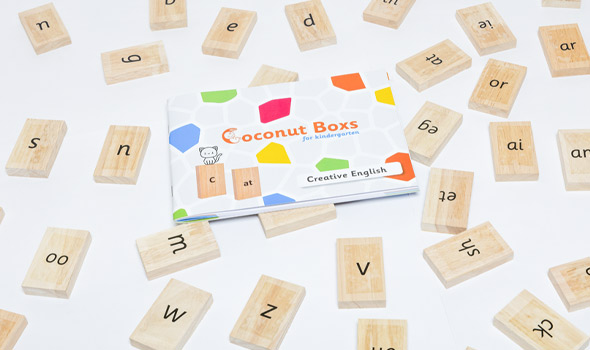
3. Processing events and stories
Open-ended toys in general are such a great way for children to work through events, friendships, and new situations. It is also a way to retell stories or make up their own. It allows children to make choices, express their creativity and support their independence.
4. Independent Play
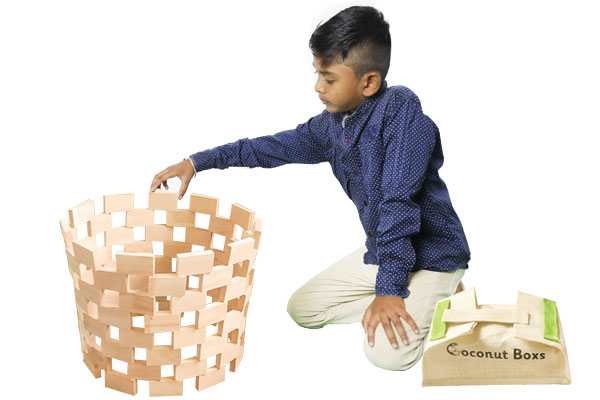
Often this type of toy is the best for long periods of play while we get our own tasks done. It also enables children to play freely. Open-ended materials by definition do not have a pre-determined use. A block can be a car, phone, doll’s chair, ice-cream bar, or any number of other things in play. It is through these experiences that children are able to learn best. With room for creativity, mess, and imaginative play, children can really get lost in their own little world with this kind of play.
Why use open-ended materials?
Children love open-ended materials because of the possibilities they afford them. Using open-ended materials encourages imagination, creativity, and problem-solving skills so play can be richer and more complex. This kind of play ensures rich learning and is fun! For example, the use of open-ended materials supports children’s role as scientists who are constantly conducting experiments, testing ideas, and building their understanding of the world. As children play with the materials, they are exploring what happens, coming up with new ways of manipulating the materials, deciding that one material can symbolize something else, and using lots of languages. This type of play is open-ended and builds creative thinking.
What is the real power of open-ended material?
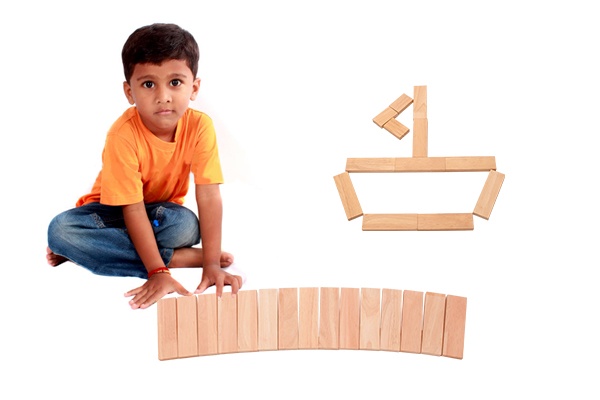
Adults seem to forget that kids need to be kids. Everything is pushed on kids super early, which is why open-ended play is even more important than you think. Kids need open-ended play to exercise their right to be a kid. Let them be dramatic in their play. Allow them to use their imagination and don’t put limits on what they can do during play.
The real powers of Open-ended play are as follows,
Imagination
It allows children to learn more than you could ever imagine. As we have discussed earlier, children learn to imagine and be creative while using open-ended materials. In a world where everything goes into advancement in technology, like how even kids have online classes now, we need to really ensure that children’s creative skills need to be furnished well with open-ended materials. When you put limitations on the play, kids don’t have a chance to be creative. If you give a child two markers and tell them to draw a cat, you have taken away all of their ability to be creative. Give them multiple markers and let them draw what they want, without putting limitations on it. Open-ended materials allow them to think and create in a way that they want to.
Creative problem solving
Using open-ended materials children will be able to develop the ability to connect to different things to bring out the solution. Since they make different outcomes using such materials, they will be ready to think quickly of solutions that they can make connecting all possible dots. While using open-ended materials they think of different unique designs and to create them they use materials they have in multiple ways. It indirectly makes their mind ready to solve problems more easily thinking of various possible solutions. It hence helps them to be great problem solvers in the future.
Cognitive flexibility
For a child, learning something is part of their brain chemistry. They are literally built to absorb information; they do this in an unconscious state of mind like they’re learning and they don’t even know it. In technical terms, we call it cognitive flexibility. It is the ability to adapt our behavior and thinking in response to the environment. Cognitive flexibility is considered a core aspect of executive functioning. Executive functioning includes the mental processes that enable us to plan, focus attention, remember instructions and juggle multiple tasks simultaneously. Since a child’s brain is more flexible to learn different things, open-ended materials give them a chance to learn many skills without them knowing at all. Children learn their mother tongue easily because they are constantly being exposed to it in their daily life. Hence repeated usage of open-ended materials will create a brain pathway that helps them to have cognitive flexibility skills to switch gears and find new approaches to solve problems in their daily lives and also make them more creative.
We have numerous examples in history which prove to us that open-ended material, when used repeatedly, created many famous innovators in a long run. Two such examples are Thomas Alva Edison and Soichiro Honda.
Edison in his early years of life has used open-ended materials without him realizing that it is making his progress into a famous inventor. His father was a carpenter who brought wooden sticks from his garage for Edison to play. Edison used to play with it most of his time, creating almost 2000 unique designs using those sticks before the age of 7. Playing with wooden sticks, creating numerous unique designs on his own engineered his mind to be more imaginative and creative. This shows how open-ended material developed a strong mind and made him a famous inventor of all time.
Soichiro Honda also used open-ended material to play in his childhood days. His father, who was a blacksmith, used to bring Honda bamboo sticks from his workshop to play. Honda used those bamboo sticks and created 5 unique vehicle models between the age of 4 to 6 and he created almost 1000 unique designs before the age of 6. He repeatedly used those sticks to kindle his imaginative skills and created many unique designs which made him a famous innovator in the automobile industry in history.
Hence, you may know now that the real power of open-ended materials. It helps stretch your kid’s cognitive skills. Children learn to react better in situations, they learn to make choices, and they feel more inspired. Not to mention, play is just overall better when children are in charge of it.
Children will learn a variety of things through the exploration of materials, but the real result of open-ended materials comes out only if parents are working alongside children, listening and watching children as they explore, and seizing opportunities to provoke their thinking by asking questions and posing problems. Starting with time to simply explore along with them, that gives children the chance to get an idea of what some of the possibilities are, and children need to explore materials before they will be ready to use them with intention. After having time to openly explore, learning can be facilitated by asking them a question or provoking their thought or imaginative process or giving them a challenge, for example, you can ask them “how tall can you make that tower?”, or ask questions like “what do you think might happen if you pour the mud from this cup into this shape?”. Provoke or kindle their creative thinking like this, even if they don’t find the right answer, they try to achieve it independently on a different day. Encourage them and appreciate them.
To sum up, let’s rewind the thoughts we have pondered upon so far. Open-ended materials are things that children can use in a variety of different ways. Open-ended materials are about the process of exploration and can inspire creativity. A simple length of fabric can be a river, a cloak, a table cloth, a blanket, part of a den, or even something else! While children may use open-ended materials to create some type of product (such as painting, buildings, shapes), these products would all look different and reflect their individual ideas and exploration.
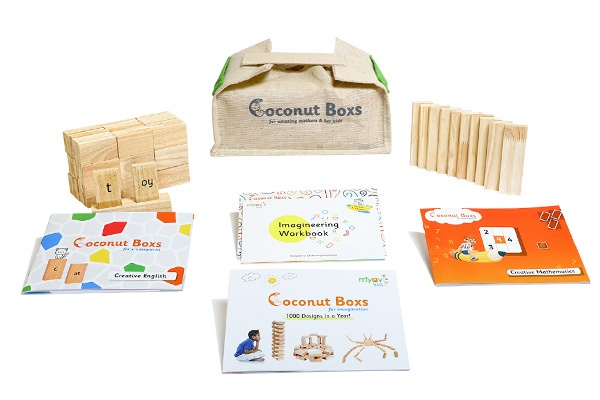
Coconut Boxs offers numerous building blocks which give children the freedom to choose and create, developing confidence and competence. Access to different types of pre-dimensional blocks extends creative opportunities for older toddlers and young children. It offers children to create many special designs like Towers, dominos, vertical patterns, horizontal patterns, 3d plans, 3d objects, 3d structures, roads and tracks, animals, vehicles, and many more. Daily practice with these blocks to create new designs will transform your kids into future innovators.
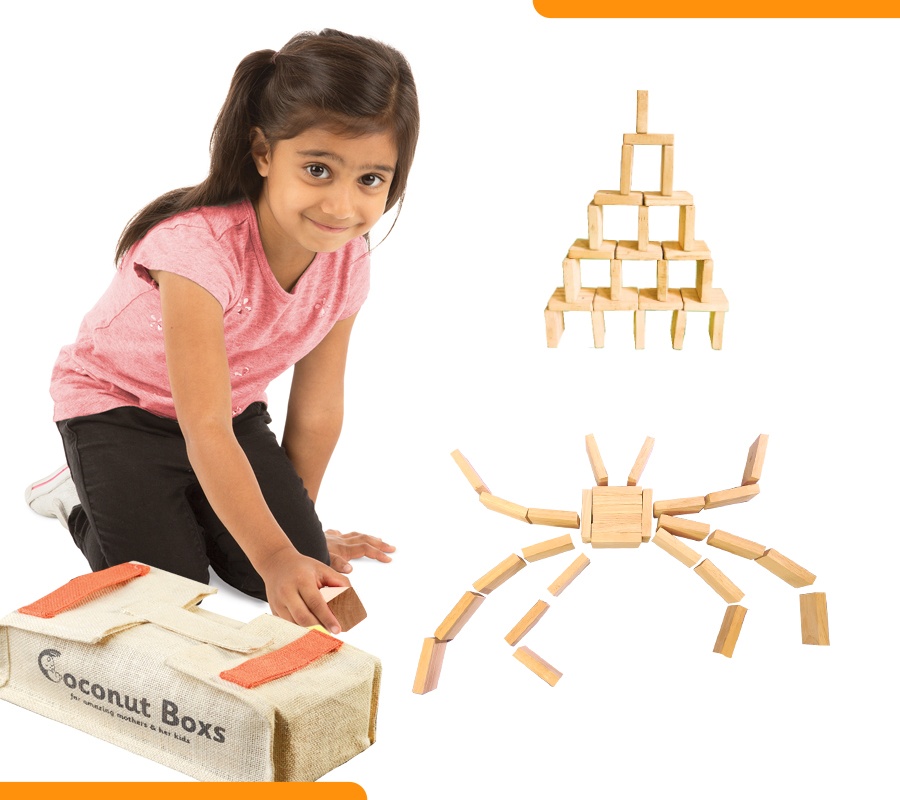
Most importantly Coconut Boxs offers open-ended materials that are natural and harmless for your children. It is suitable for use by all children as they will manipulate and use them according to their stage of development.

That being said, be intentional about providing children with toys that let them make choices about play, and support them in strengthening their cognitive, language, and social skills in the process which are the primary concern of Coconut Boxs.
Who knows, as you watch your child figure out how to build the tallest block tower ever, you could be watching a future engineer begin to work out solutions to building skyscrapers, or an architect working on their first building design. The options are endless!



